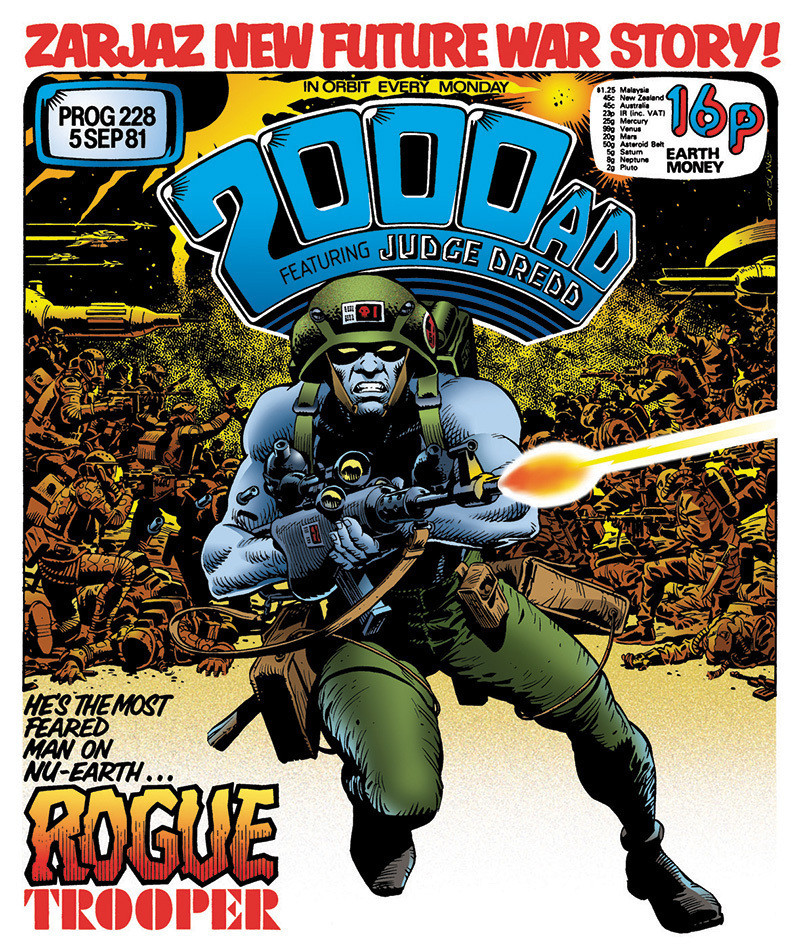A short and sad post to start 2023, following the death of former Chelsea player Gianluca Vialli. Some of my happiest memories were spent at Stamford Bridge watching Vialli play for and then manage a Chelsea side that surpassed all my childhood dreams. As a kid, the best I ever expected from Chelsea was to reach an FA Cup semi-final – with Vialli they won two FA Cups (one as player, one as manager) as well as the League Cup, Super Cup and, unforgettably in Stockholm, the European Cup Winners Cup. That Chelsea team of Poyet, Petrescu, Leboeuf and Wise was stylish, cavalier, tough and cosmopolitan – qualities utterly epitomised by Vialli himself, who grew up in a castle, dressed like a Bash Street kid, spoke in a hybrid Italian-Cockney accent and looked like he knew his way round a street fight. Vialli was very London, in an Italian sort of way, and for a few years around this time every Italian cafe in London – of which there were many – seemed to have a signed photo of Vialli behind the counter.
Of many great games from this late 1990s period, my favourite was probably this, Vialli’s first as manager. It was the second leg of the League Cup semi-final when that tournament still counted for something. Chelsea had been beaten 2-1 at Highbury. Back then, Arsenal always seemed to beat us and they were a truly formidable side – the George Graham back four, Petit and Viera in midfield, Bergkamp, Anelka and Overmars in attack. We played them off the pitch, winning 3-1, Vialli having calmed the players’ nerves with a glass of champagne before the game. Just watch the footage for a reminder of why late 90s was so thrilling and, frankly, so much better than the samey, sanitised, tactics-heavy, contact-free version we have today. These were exceptional footballers, but they knew how to tackle – well, almost: Veira was sent off. And the atmosphere! Nothing today comes close.
My girlfriend of the time had a notable soft spot for Vialli, a good-looking man who embraced his baldness like Jean-Luc Picard and paired it with a grey v-neck and thick tie.
For a while, I sported a grey v-neck myself in imitation of the great man. I couldn’t play like him, and I still had my hair, but at least I could dress the same way.
I may dig it out the back of the cupboard today, one last time, in memory of the lovely Luca.
























